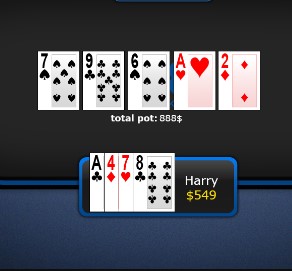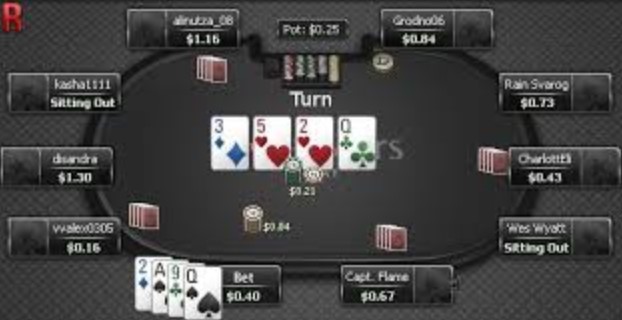8 Game Strategy Part 3 – Omaha Hi-Lo
Continuing our look at 8 Game strategy, we turn our attention to the first of two split pot games in the mix. Omaha Hi-Lo is a staple of most mixed games and popular amongst non-Hold’em players. The game commands a lot of action, but players also tend to make a ton of mistakes.
Today, we go over a few Omaha Hi-Lo tips to help you improve your 8-game results.
Tighten Up Your Starting Hand Requirements
The object of any split pot game is to scoop the pot. As such, you want starting hands that give you the best options for scooping. In Omaha Hi-Lo, all of the best starting hands have an ace and deuce in them. Most any hand with three wheel cards is worth playing, even if you have A-4-5-K.
Hands with trap cards, meaning eights through tens, should be played sparingly. A hand like Ah-8h-9d-10d looks good in PL Omaha but would be speculative at best in Omaha Hi-Lo.
Tighten up your starting hand requirements to give yourself a better shot at scooping or taking down at least half of big multi-way pots.
Beware of Counterfeiting
A player can become counterfeited if a card on the board matches one in their hand. For example, if you have A-2-5-J, and the flop falls 2-7-8. While you have a low, you do not have the nut low as your two is counterfeited.

When you run into counterfeiting situations and you do not have a backup low or redraw available, it is a good time to slow down or get out of the pot. Do not chase down your low if you’re counterfeited as you’re just donating money to other players.
Watch Out for Quartering
Omaha Hi-Lo players often run into situations where they will tie for the low pot. This is called getting quartered. It happens most often when more than one player has A-2 and a low is made. You’ll see this happen most often in family pots with three or more players.
If a board has completed a low and players are consistently calling down bets, odds are you’re running into a quartering situation. There have to be at least four players in a pot for you to break even in quartering situations. Otherwise, don’t go too crazy with bets and raises if you do not have a scoop worthy hand.
Drawing to Second Best Hands Will Kill Your Bankroll
In Omaha Hi-Lo, you want to have the nuts or be drawing to the nuts. When you consistently call down with second or third best hands, you’re donating money to the pot. The only exception to this would be if you have the second-best high hand and players are clearly chasing low.

In that case, you can call down a single bet with a second-best hand. Generally, you want to stay away from drawing to or calling down with second-best hands or worse.
If You Can’t Be Scooped or Quartered – BET
Long ago, I learned a valuable lesson in split-pot games. On later streets, you want to be if you have at least one way locked up and you cannot be quartered. For example, you flop the nut flush and your opponents are only chasing low. Since you cannot be scooped or quartered, you want to be to build the pot. The same holds true if you think you will win 3/4 of a pot.
Most players will shut down on later streets if they cannot outright scoop a pot. If they can only chop or they think they will be quartered, they will not bet. This gives you a chance to build up your half of the pot, or your 3/4 of the pot.
Next week, we will start taking a look at the Stud variants in 8 Game, starting with standard Seven Card Stud.
